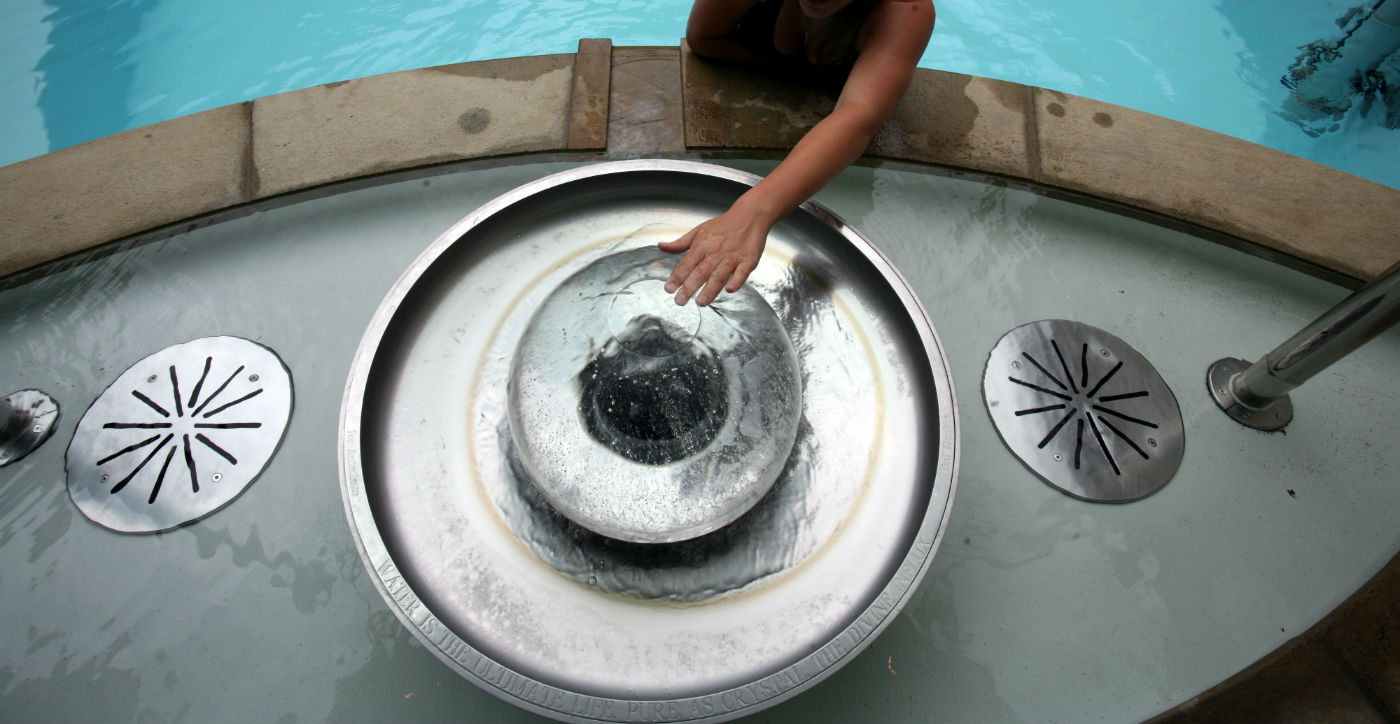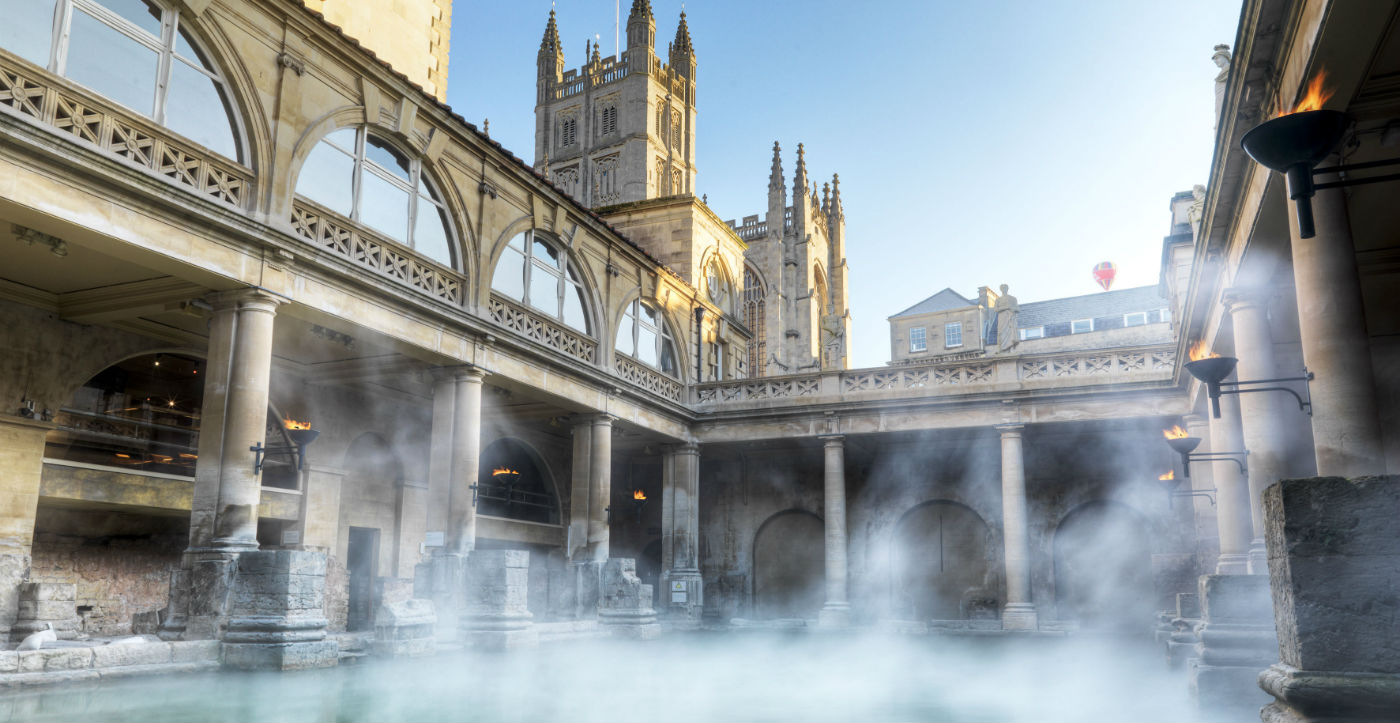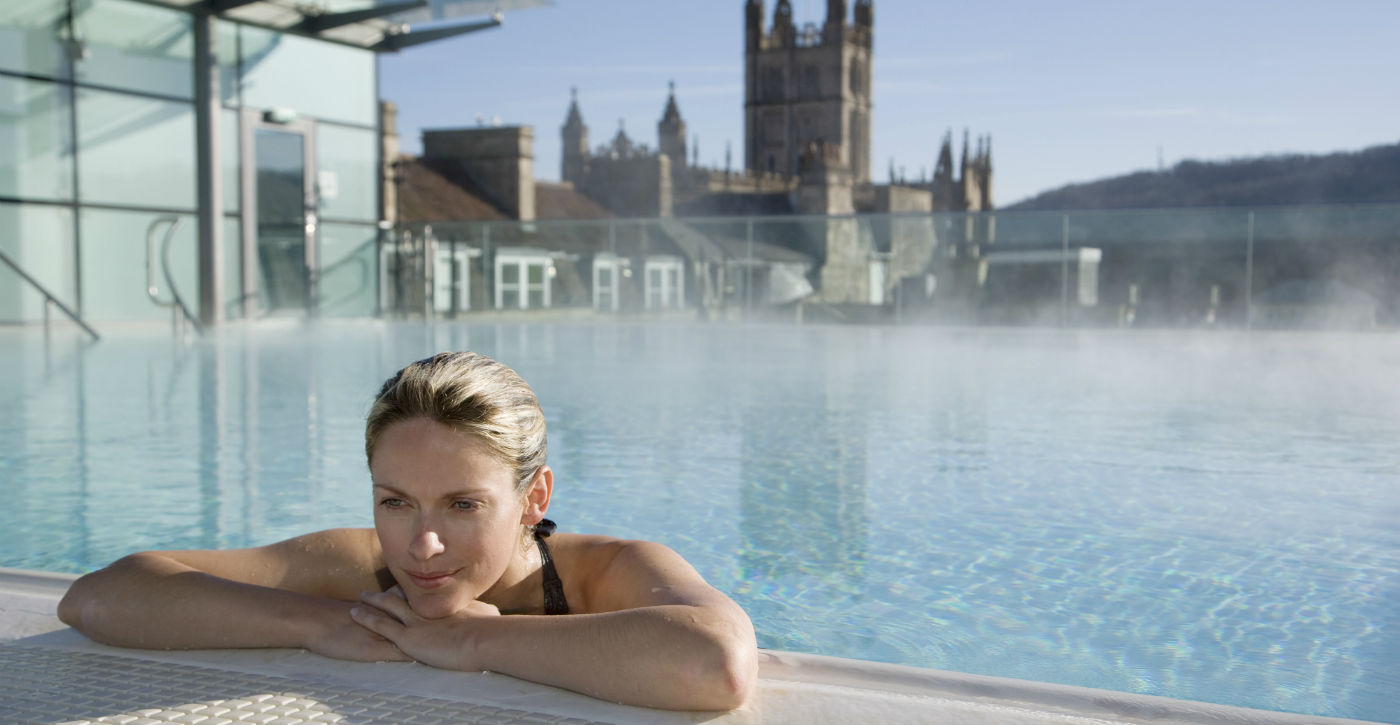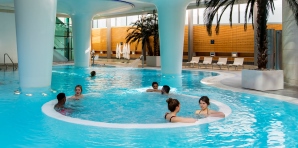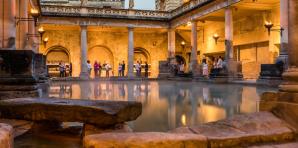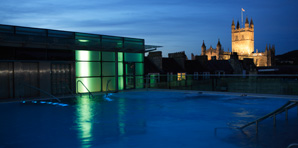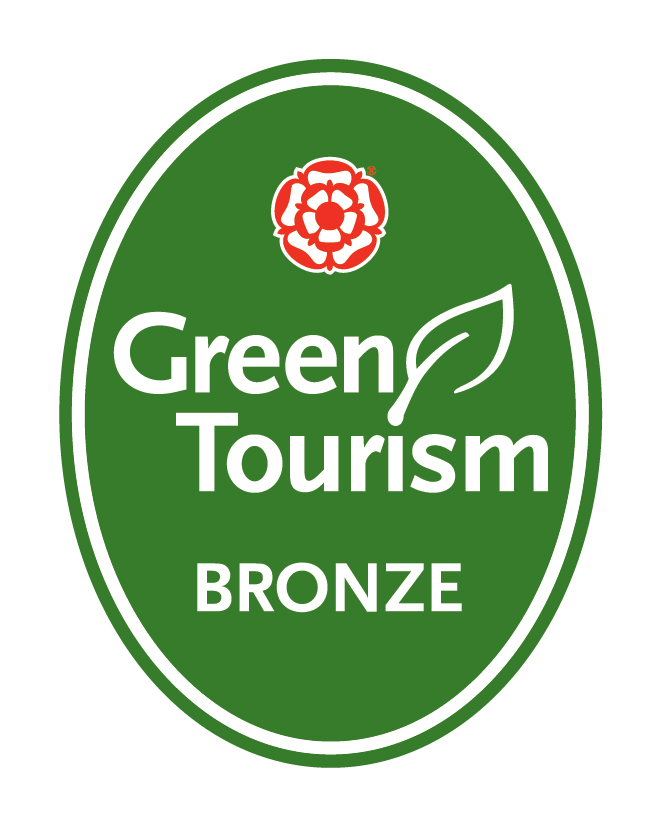The History of the Spa
There is archaeological evidence that there was human activity around the hot springs on which the City of Bath is built at least 8,000 years B.C; but probably the place was too mysterious, with steam emerging from a hot, lushly vegetated swampy area for any settlement to take place here. According to legend, Prince Bladud, who had contracted leprosy, was cured after bathing in the hot muddy waters. In gratitude, Bladud founded the City of Bath around the springs in 863BC. As documented by Geoffrey of Monmouth in his 12th century ‘History of the Kings of Briton’, Bladud proceeded to become the 9th King of the Britons and supposed father of King Lear.
In AD 43 the Romans started the development of ‘Aquae Sulis’ as a sanctuary of rest and relaxation, not a garrison town like most Roman settlements – despite Tacitus in A.D 80 describing the taking of the waters as ‘one of the those luxuries that stimulate to vice.’ In AD 70, the Romans built a reservoir around the hot springs, and then a sophisticated series of baths and a temple dedicated to the goddess Sulis Minerva.
Archaeology carried out prior to construction suggests the baths at Aquae Sulis would have been nearly twice as large as previously thought and amongst the largest (and possibly the largest) outside Rome. This helps to explain why so many civilians from mainland Europe made the trip to Aquae Sulis for a health-improving holiday.
After the withdrawal of Roman ‘protection’ in 410, Aquae Sulis fell into decline, although the use of the baths continued. In 675 the name Hat Bathu first appears. The Cross Bath may possibly be named thus because the body of St Aldhelm rested there on its journey from Doulting to Malmesbury in 709. An 8th century poem in the ‘Exeter Book’ describes how “a stream gushed forth in rippling floods of hot water. The wall enfolded within its bright bosom the whole place which contained the hot flood of the baths.” It also describes how the roofless ruins of the Roman town remained standing around the bath, dramatic and mysterious. Alsi’s Bath, later the Hot Bath, was probably named after St Aelfsige, who was perhaps responsible for building a Saxon bath to replace the Roman one.
The appointment of John of Villula as Bishop of Bath and Wells in 1088, after the destruction of much of Bath during a rebellion against William Rufus, was a significant development. A keen physician, he soon purchased from the King the royal property in the city and organised a substantial re-shaping of the street plan. The baths were almost certainly rebuilt over the Temple Precinct, and in 1138 the ‘Gesta Stephani’ described how “Through hidden pipes, springs supply waters, heated not by human skill or art, from deep in the bowels of the earth to a reservoir in the midst of arched chambers, splendidly arranged, providing in the centre of the town baths which are pleasantly warm, healthy, and a pleasure to see… From all over England sick people come to wash away their infirmities in the healing waters, and the healthy gaze at the remarkable bubbling up of the hot springs.”
The founding of St John’s Hospice by Bishop Reginald in 1174 confirms the extensive use of the waters and accommodation was provided for visitors to the Cross Bath.
The three baths attracted visitors from considerable distances, especially from the 16th century (note the publication in 1562 of the first medical treatise by William Turner on the use of the waters). A religious exile during Queen Mary’s reign, he had travelled in Italy and Germany and observed many spas in operation. He suggested the need for substantial improvements to the drainage system as well as the behaviour of the visitors, and many were carried out over the next few years: a new drainage system, segregated bathing (this did not last!), and a separate Lepers’ Bath (near the Hot Bath - before this, people with skin complaints had used the Cross Bath).
However, there were still complaints about the absence of covering over the baths and the lack of changing rooms. Despite this, Bath was now starting to attract visitors from mainland Europe. Many doctors set up house in the ‘Bimbery’ area (the area between Beau Street, Bath Street, Hot Bath Street and Bilbury Lane), often providing lodging rooms for visiting patients. From 1609, Bellott’s Hospital provided accommodation to enable poor visitors to obtain water treatments.
Royal visits in the 16th and 17th centuries increased the fame and fortune of Bath. In 1590, Queen Elizabeth 1 granted a Charter incorporating Bath as a City, including the instruction that ‘the thermal waters should be accessible to the public in perpetuity’.
Princess/Queen Anne visited Bath regularly to take the waters seeking a cure for her gout and dropsy, which prompted the renaming of the New Bath to the Queen’s Bath. These visits and aristocratic patronage set in motion a period of development in which Bath became 'the premier resort of frivolity and fashion' and led to the great rebuilding of the city to produce the 18th century layout and architecture of today’s UNESCO World Heritage Site.
Bath’s reputation for being ‘wonderful and most excellent against all diseases of the body’ (Healing Properties of the Bath Water) was compounded by the visit in 1687 of King James II’s wife, Mary of Modena. After a period of being unable to conceive an heir, she was recommended by her royal physician to take the waters in the Cross Bath which resulted in her giving birth soon afterwards to a son, the ‘Old Pretender’. To celebrate this event, the elaborate Melfort Cross was erected in the Cross Bath, which reinforced its position as the most fashionable bath where bathers drank chocolate to the accompaniment of musicians.
The publication in 1707 of Dr William Oliver’s ‘Practical Dissertation on Bath Water’, with its emphasis on drinking as well as the more inconvenient bathing and a long list of diseases suitable for cure by these methods, helped to increase the attraction of Bath.
While the beneficial and healing properties of the water have always been acknowledged, modesty and decency have not always been inherent in Bath’s ‘spa culture’. John Wood the Elder writes at this time: ‘The Baths were like so many Bear Gardens, and Modesty was entirely shut out of them; people of both sexes bathing by day and night naked.’
The arrival in Bath in 1705 of the socialite and gambler, Richard ‘Beau’ Nash, heralded a new heyday and he introduced a code of manners in the Assembly Rooms and Pump Rooms, creating for himself the lofty position of master of ceremonies.
In 1777, the Hot Bath was rebuilt to the design of John Wood the Younger. From 1783 the Cross Bath was rebuilt by Thomas Baldwin. When he was sacked by the Corporation, John Palmer took over and seems ingeniously to have moved Baldwin’s north-facing serpentine front to face east along the newly created Bath Street in the 1790s. (Baldwin’s plan for this street, together with Beau, Hot Bath and Union Streets, required the destruction of several existing medieval streets & houses, and much archaeological evidence.)
In the 1790s, the Great Pump Room was built to replace the now inadequate 1706 Room. While excavating the foundations for this, many of the first finds relating to the Roman Temple were made. Also at this time the Museum of Antiquities was created (now next to the entrance to Thermae), decorated in the niches outside with statues of Kings Edgar and Coel.
In the 1870s and 80s the King's Bath was excavated by Major Charles Davis, while during the 1900s, Bath spa water was bottled and sold as Sulis Water, promising relief from rheumatism, gout, lumbago, sciatica and neuritis. After the First World War, thousands of wounded soldiers were rehabilitated in spa towns such as Bath. The public swimming pool at Beau Street was constructed in 1923 and the Cross Bath declined in status to become the ‘Tuppenny Hot’.
In 1948, following the establishment of the National Health Service, the health authorities of Bath made arrangements to provide water-cure treatments on prescription but the Hot Bath finally closed in 1976 when the Royal Mineral Water Hospital ceased to use the facility, having built a new pool in the hospital.
The Tepid Bath, and the Beau Street Swimming Bath, which replaced it in 1926 survived only until 1978 when the new public swimming baths opened in North Parade. The Council, as owner, was reluctant to invest in both facilities and the NHS as user had little further interest in the old baths. The death in October 1978 of a young girl from a rare strain of meningitis possibly contracted from the natural bacteria in the earth’s strata through which the spa water passed, after she had swum in the water in a gala with the Bath Dolphins, was a further contributor to the lack of interest in investment.
Bath was the third from last of the 8 great hydropathic centres in England to close; the last, Buxton, closed in 2000. However, the Roman Baths and Pump Room were soon to become one of the UK’s leading tourist attractions and this helped to establish a demand for the reopening of the spa facilities.
Delays in the opening of Thermae Bath Spa were caused in large part by the complex nature of the project and the difficultly of working with Grade I listed buildings in a very restricted site. The consultant engineers for the Spa believe this to be one of the most highly engineered and serviced structures they have ever come across. Other factors for the original delay included the extended period of time dedicated to archaeology and the necessity of going through planning three times, once in order to increase the amount of space for the facilities (the building is 20% larger than first designed).
Using the hot, mineral rich waters from the Kings Spring, the Hetling Spring and the Cross Spring, Thermae Bath Spa offers a genuinely unique experience in the UK – residents and visitors to Bath can once again bathe in Britain’s original natural thermal Spa.

 01225 33 1234
01225 33 1234